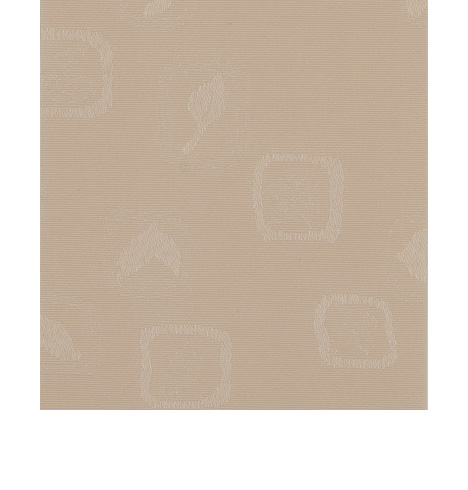Yes, vertical blinds fabric can indeed be engineered to provide acoustic absorption properties, contributing to improved sound control and acoustic comfort within indoor spaces. Here's how:
Fabric Composition: Vertical blinds fabric can be designed using specific fibers or materials that have inherent acoustic absorption properties. For example, certain textiles, such as wool or polyester felt, are naturally porous and have the ability to trap and dissipate sound waves, thereby reducing reverberation and noise levels.
Surface Texture: The texture and surface characteristics of the fabric can influence its acoustic performance. Fabrics with irregular or textured surfaces tend to scatter sound waves more effectively, enhancing acoustic absorption. Additionally, fabrics with open weaves or porous structures allow sound waves to penetrate and be absorbed within the material.

Fiber Density: The density of the fibers used in the fabric construction can impact its acoustic absorption capabilities. Higher fiber density typically results in better sound absorption as more air pockets are present within the material, facilitating sound wave attenuation.
Thickness and Weight: Thicker and heavier fabrics tend to offer greater acoustic absorption due to their increased mass and density. As sound waves pass through the fabric, they encounter more resistance and are absorbed rather than reflected back into the room.
Back Coating or Lining: Applying a specialized back coating or lining to the vertical blinds fabric can enhance its acoustic properties. Back coatings may contain sound-absorbing materials or additives that help to absorb and dissipate sound energy passing through the fabric.
Acoustic Testing and Certification: Vertical blinds fabric can undergo acoustic testing according to standardized methods, such as ASTM E90 or ISO 354, to evaluate its sound absorption coefficients (α). Based on test results, fabrics can be rated and certified for their acoustic performance, providing assurance of their effectiveness in reducing noise levels.
Integration with Building Design: Vertical blinds fabric can be strategically incorporated into interior spaces to optimize acoustic comfort. For example, fabric-covered partitions, curtains, or draperies can be used in conjunction with vertical blinds to create a layered approach to sound control, effectively absorbing sound waves at different frequencies.
Customization and Design Flexibility: Manufacturers can offer a range of customizable options for vertical blinds fabric, allowing architects, designers, and building owners to select materials and configurations that best suit their acoustic requirements and design preferences.
By engineering vertical blinds fabric with acoustic absorption properties, manufacturers can provide solutions that not only offer visual privacy and light control but also contribute to creating more acoustically pleasant and comfortable indoor environments.

 中文简体
中文简体 英语
英语 西班牙语
西班牙语







